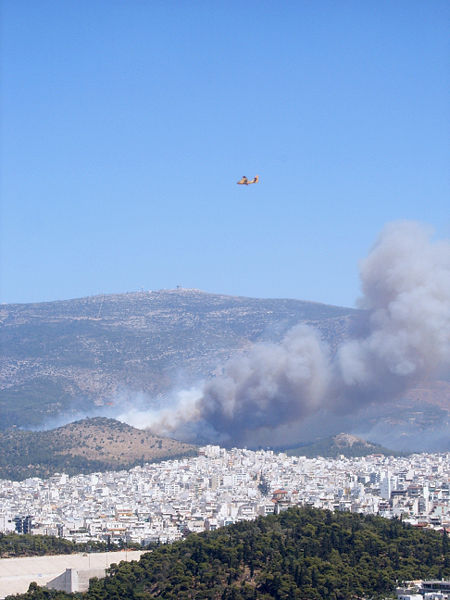A legislative committee in Montana submitted an interim report on Friday recognizing that fires are getting larger and more difficult to suppress. Here’s an excerpt from the Billings Gazette:
“A draft legislative report warns of the likelihood that towns will burn and people will be injured or killed if Montana does not change how it deals with wildland fires.
The report was released Friday by the Fire Suppression Interim Committee as lawmakers plan a series of meetings across the state to come up with better ways to fight fires.
Last year in Montana, more than 700,000 acres burned in 72 fires tracked by the federal government. Most were sparked by lightning.
The draft report predicted more bad fire seasons because of extended drought across much of the state, rising demand for firefighting resources and more homes built in rural areas prone to fire.
“With limited resources,” the report concludes, “it is likely that communities will burn and firefighters and members of the public will be injured or killed.”
The committee’s chairman, John Cobb, R-Augusta, said the dire warning was a call to action.
“Where we are going now, there are going to be hundreds of homes burned up,” Cobb said. “What can we do differently?”
Mary Sexton, director of the state Department of Natural Resources and Conservation, said agencies such as hers are trying adapt their firefighting strategies. But so far, she said, they have not kept pace with the threat.
“Because of the drought and the buildup of fuels, we just are not able to be as effective as we have been in the past,” Sexton said.”
 Taken in 1972 on the San Bernardino NF after we got chased out of the fire and hung out at a safety zone.
Taken in 1972 on the San Bernardino NF after we got chased out of the fire and hung out at a safety zone. A TBM making a drop near our fireline in 1972.
A TBM making a drop near our fireline in 1972.








